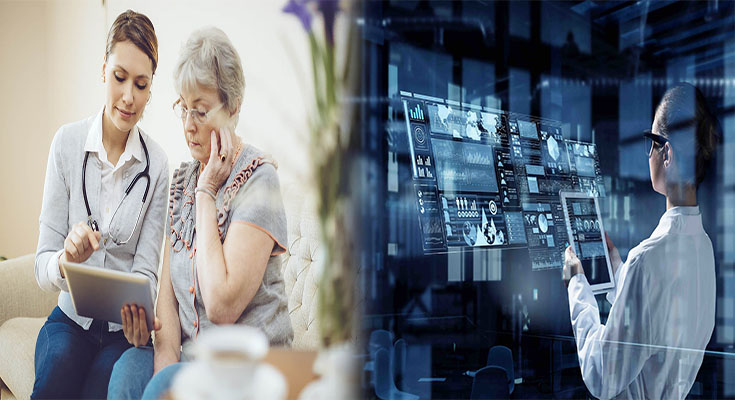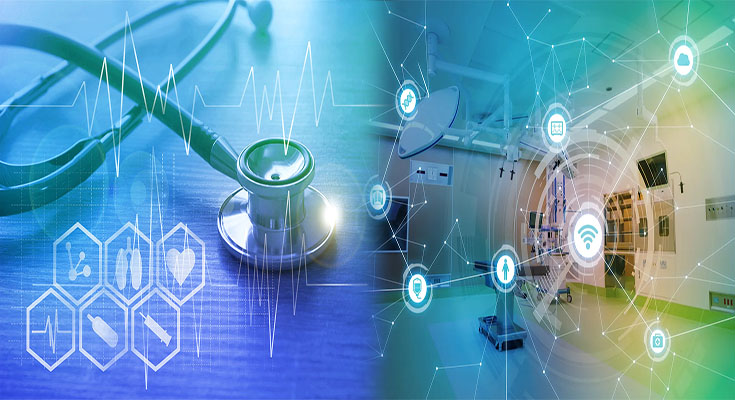
Improving Accessibility and Quality of Care in Modern Healthcare
In today’s rapidly changing healthcare landscape, one of the key objectives is to enhance both the accessibility and quality of care for patients. With advancements in technology, innovative solutions are being implemented to overcome barriers in healthcare delivery and ensure that patients receive the care they need in a timely and efficient manner. This article will explore some of the strategies being employed to achieve this goal.
Enhancing Accessibility
Telemedicine and Remote Care
Telemedicine has emerged as a game-changer in improving accessibility to care. Through the use of telecommunication technologies, patients can remotely consult with healthcare professionals, irrespective of their geographical location. This approach eliminates the need for physical visits to healthcare facilities, making it particularly beneficial for individuals with limited mobility, those residing in remote areas, or those with busy schedules. Telemedicine not only reduces waiting times but also allows healthcare providers to reach a wider patient population, ensuring …
Improving Accessibility and Quality of Care in Modern Healthcare Read More




